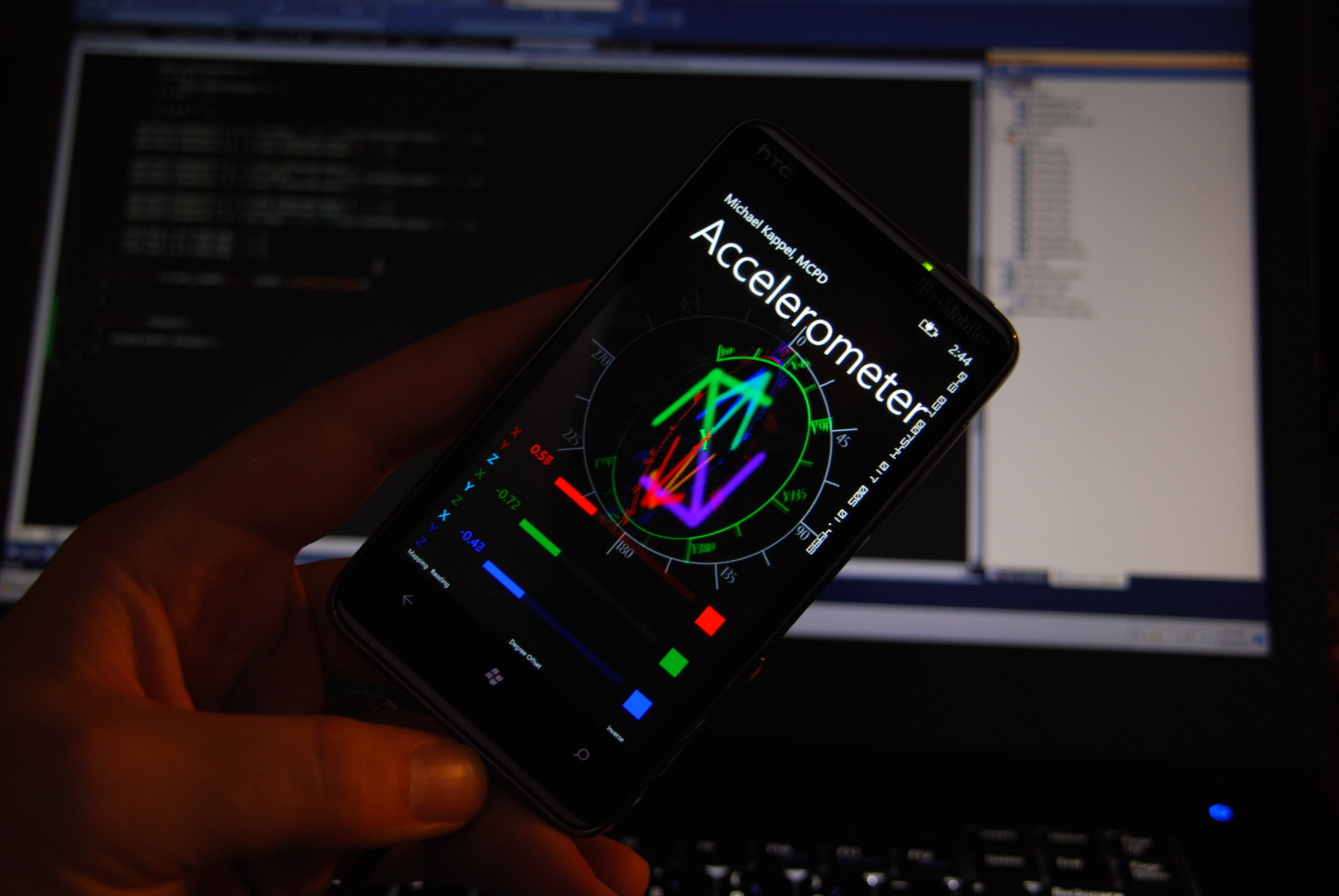The wearables we’ve been testing for We Wear It have been very diverse: they measure lots of different things about their wearer, and often do it in very different ways. The one thing they all do, though, is count steps. Step-counting has been around for a while and, like high-waisted shorts and Sanka, recently has returned to vogue. This time around, however, counting steps has gotten a little smarter, a little more fashionable, and a lot more fun.
Figure 1. A pedometer, as seen attached to moms in Midwestern malls in 1986. Jinho Jung/License/No Changes Made.
How Step-Counting Devices Work
Early pedometers used simple mechanical means to count steps—springs, swinging weighted arms, and simple electrical circuits made sure you were getting your 10,000 per day. Wearables today use tiny plates of etched silicon to measure movement in all three dimensions. Here’s a great video by The Engineer Guy showing how accelerometry hardware works in smartphones and wearables. But maybe you’re too busy to watch an entire video. Maybe you’re actually out there counting steps instead of sitting at a computer reading this post. If that’s the case, we’ve embedded a few of the important animations from that video to help explain things.
So how do these things work? Well, all accelerometers have one crucial component: the seismic mass. “Seismic mass” is just a fancy word for a weight. The seismic mass has one job: bounce around. As the device (and thus the accelerometer’s housing) gets jostled about, the seismic mass dips and shakes and bounces inside its housing in ways that relate predictably to whatever is happening to the device.

Figure 1. A simplified accelerometer. When the housing accelerates in the upward direction, the ball shows us the magnitude of that acceleration.*
Figure 2. What an accelerometer chip looks like inside a device. Andres Rueda/License/No Changes Made
In modern devices the seismic mass is a very small, very slender silicon plate with a bunch of tines that stick out from either side of the mass itself. The tines move back and forth between plates positioned right next to them. As the distance from each of the mass’s tines to these plates changes, so does the voltage between the plates. This change in voltage is how the device knows the magnitude of forces that are acting upon it.

Figure 3. Phone moves, seismic mass moves. Simple.*
The change in voltage is then converted to a signal that goes to a small onboard processor. Finally, that onboard processor ties it all together into a nice little output package that the rest of the device can understand. Simple, right?

Figure 4. Movement between the plates causes changes in voltage.*
Each set of plates only works in one plane (fore and aft, side to side, or up and down). Thus, a device needs at least three of them to get accurate 3-dimensional measurements. Additionally, some wearables also make use of a gyroscope to help determine their rotational position and rate of rotation, but this hardware generally isn’t necessary for merely tracking your footsteps.
What your device sees
As you can see in the animations below, three accelerometers working together can follow and record the movement of whatever body part they happen to be tracking (this video gives a good example of raw output data from an accelerometer). When a device tracks a certain type of movement (counting steps, for instance), the use of an algorithm allows the device to filter out all the irrelevant movements the wearer might make (e.g. typing, sipping a mug of coffee, high-fiving a guy on the metro).
But why are there differences in the number of my steps?
“A man with a watch knows what time it is. A man with two watches is never sure.”
Unfortunately, the same could be said for activity trackers. It’s pretty well-known that activity trackers deviate from each other at least a little bit when it comes to counting steps. This is caused by differences in algorithms between various devices. Because a wearable’s step-counting algorithm is so crucial to the value of the device, companies keep these algorithms highly guarded—algorithms are a wearable’s “secret sauce.” A small number of us will lose sleep over the fact that not all wearables count the exact same number of steps, but for most of people, roughly 10,000 steps a day should suffice.
*Adapted from Bill Hammack (YouTube user engineerguy), “How A Smartphone Knows Up from Down (accelerometer),” and licensed publicly under Creative Commons Attribution License (see Section 5 for Disclaimer of Warranties).
Banner Image: Michael Kappel/License/No Changes Made


